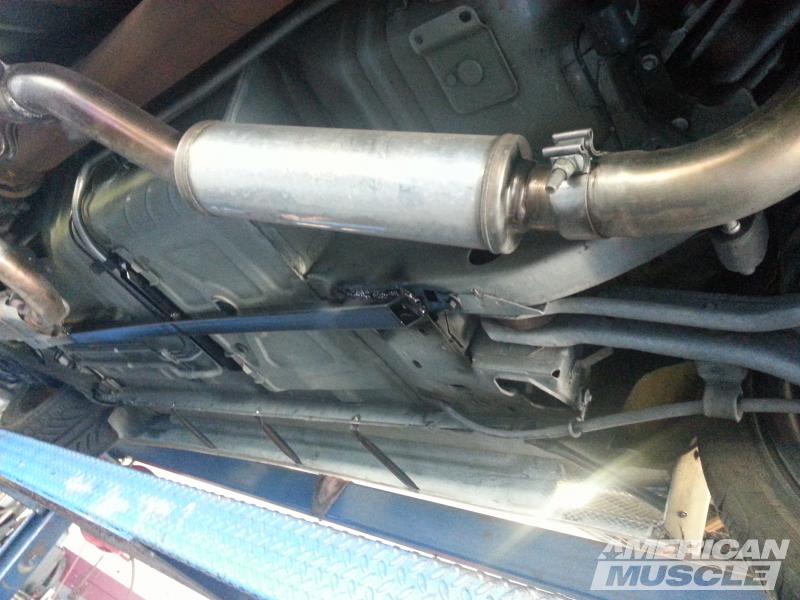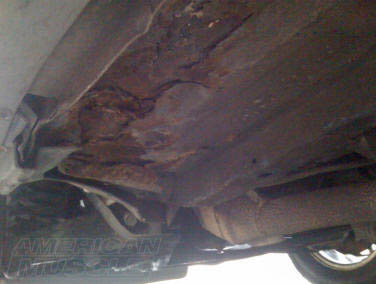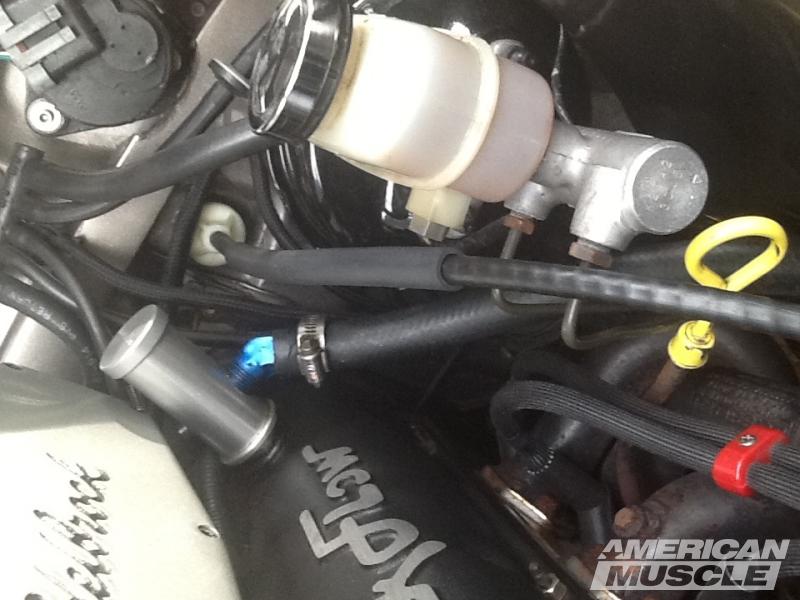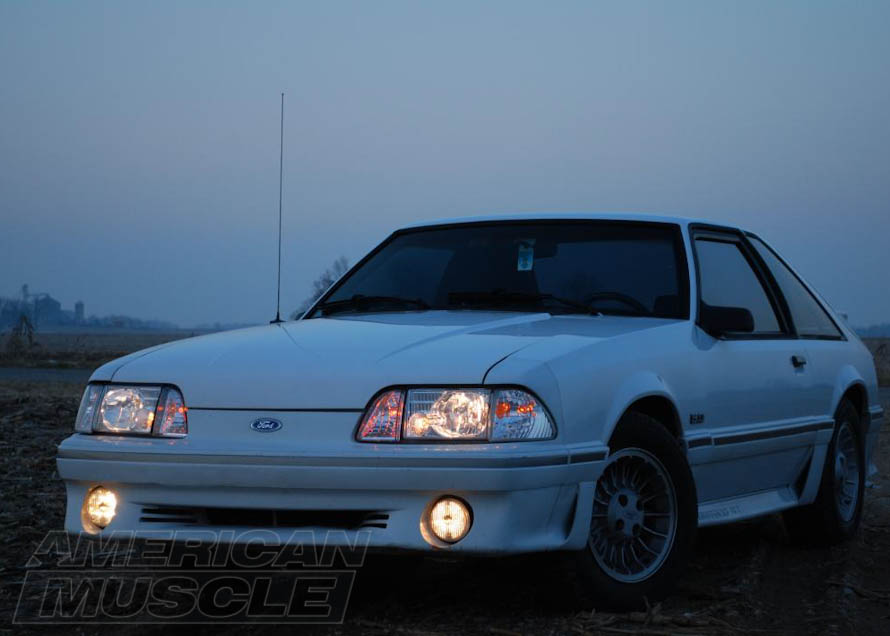Listed above are the common wear areas on these Mustangs. Of course, there is suspension and brakes too, but as with any car they will wear with mileage. I consider those two latter categories to fall under “routine maintenance and ownership costs.” As stated, these Foxbody Mustangs are pretty stout and can last a long time. Frame and body should be the first priority as pretty much anything else mechanical can be fixed within a reasonable cost.
At the end of the day, the decision is all yours. Do you like the car? What do you like about it? What don't you like about it? What needs to be fixed, and what doesn't? All of these factors play into what your final offer may be. Just keep in mind priority #1 is the frame, priority #2 the body, and everything else after those two. All other mechanical components can be fixed or swapped, in my opinion, with relative ease (I'd rather turn a wrench than operate a sander).
Also, be realistic. At best, the Foxbody you're looking at is a minimum of 20 years old. Any 20-year-old car is going to have some wear and tear, squeaks and groans. Factor in that you're looking at a Mustang, which probably has seen at least one or two owners over the years with a heavy foot. You cannot expect a flawless vehicle. If you want new, buy new. It is very frustrating as a seller to be dealing with buyers who expect a flawless car for $4000.
Most importantly, always verify the owner's claims by asking for receipts or any type of legitimate paperwork that can attest to the history of the car. If the seller is claiming the car has brand new aluminum heads on it that should be easy to see. A receipt in this case is icing on the cake, but you should easily be able to confirm if the heads are aluminum or not. Now, what if the seller is claiming the stock heads have been ported and polished, or the motor was recently rebuilt? I would expect to see the bills for this. It is very common to hear a certain component has been replaced or rebuilt, but there is no bill for it because "the previous owner did it". You know the old saying, talk is cheap...






